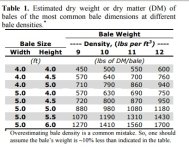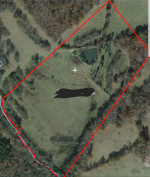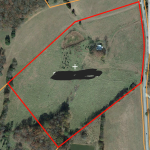LD1
Epic Contributor
I think you need to go to a dealer with a more knowledgeable salesman and test the HST again.
I concur with others that you either we're in the wrong range, or the park brake set, or both.
Have you ever driven a zero turn? They are similar in function.
HST is basically just a big hydraulic pump driven by the engine. And the wheels are driven by a hydraulic motor. The foot pedal is like the valve that passes fluid from the pump, to the wheels. The more you push the pedal, the faster the tractor tried to go. Going faster takes more power. So if you were in a higher range and trying to mash the pedal, it won't go. And it might stall.
Ease into the pedal.
Alot of HST these days have a slew of features that won't let you stall the tractor, or can automatically adjust engine rpm (power) to the level that is needed.
As for shuttle, others are correct as well. Pick the gear (speed) you want and go. No running through the gears with the exception of the last gear, maybe 2. Example, if tractor is an 8-speed shuttle, you might not be able to start out in 8th gear. Might have to start out in 7th, get some speed, then hit 8th. Just depends on way too many variables than we know at this time.
But step 1.....get to a dealer/salesman that actually understands HST
I concur with others that you either we're in the wrong range, or the park brake set, or both.
Have you ever driven a zero turn? They are similar in function.
HST is basically just a big hydraulic pump driven by the engine. And the wheels are driven by a hydraulic motor. The foot pedal is like the valve that passes fluid from the pump, to the wheels. The more you push the pedal, the faster the tractor tried to go. Going faster takes more power. So if you were in a higher range and trying to mash the pedal, it won't go. And it might stall.
Ease into the pedal.
Alot of HST these days have a slew of features that won't let you stall the tractor, or can automatically adjust engine rpm (power) to the level that is needed.
As for shuttle, others are correct as well. Pick the gear (speed) you want and go. No running through the gears with the exception of the last gear, maybe 2. Example, if tractor is an 8-speed shuttle, you might not be able to start out in 8th gear. Might have to start out in 7th, get some speed, then hit 8th. Just depends on way too many variables than we know at this time.
But step 1.....get to a dealer/salesman that actually understands HST



